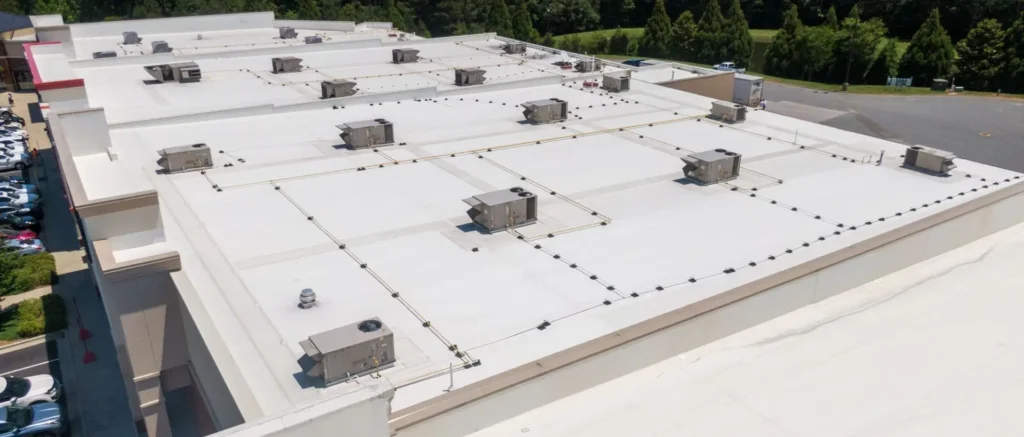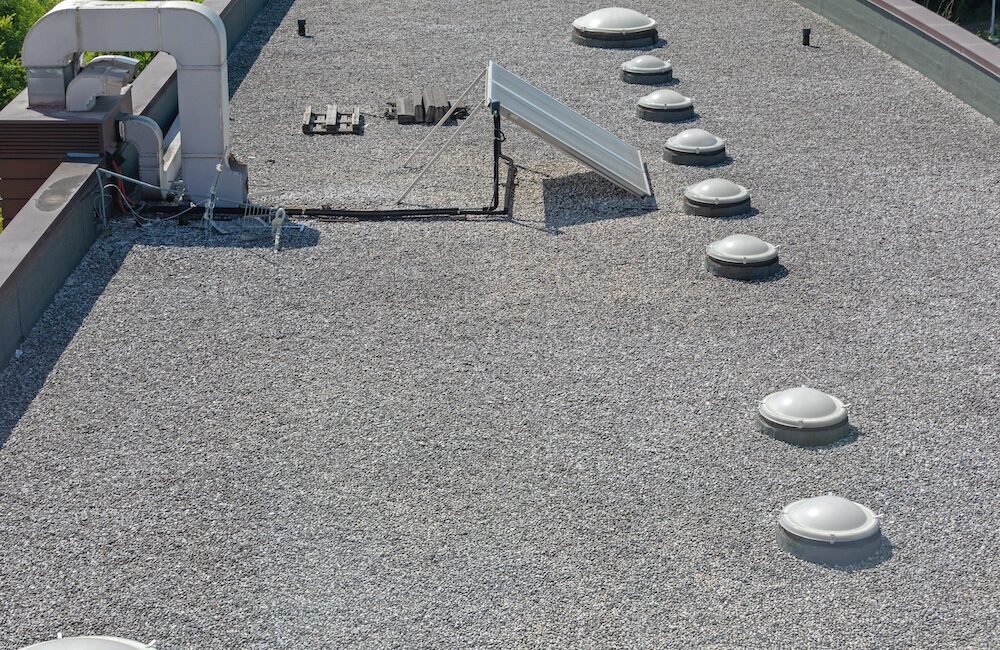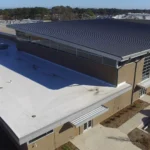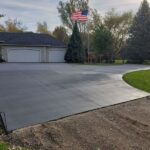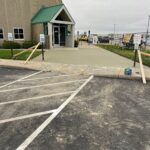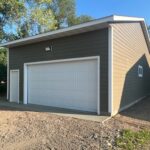Managing a flat-roofed building in Minnesota means your roof needs to do more than just keep the rain out. It must handle snow loads, ice dams, subzero temps, and the occasional 100-degree scorcher. Not every flat roofing material is built for that kind of challenge. Let’s break down the top three flat roof systems—EPDM, TPO, and Modified Bitumen—and how they perform in Minnesota’s four-season climate.
Step 1: EPDM – Cold-Weather Classic:EPDM (Ethylene Propylene Diene Monomer) is a synthetic rubber membrane known for its flexibility and long lifespan. It’s been a go-to for decades.
- Minnesota-nice?: Absolutely. It stays flexible in our harsh Januarys & Februarys and handles freeze/thaw cycles well.
- Pros: Durable, UV-resistant, easy to install.
- Cons: Black color absorbs heat in summer; prone to punctures from hail or foot traffic.
- Cost: $4–$8/sq ft
- Lifespan: 20–30 years
- Market-share: About 22% of new construction and 26% of reroofing applications
- Pro Tip:Add a ballast layer (gravel or pavers) instead of adhesives to extend performance—adds $2–$5/sq ft.
Step 2: TPO – Cool, Clean, and Reflective:TPO (Thermoplastic Polyolefin) is a white, single-ply membrane that reflects sunlight and improves energy efficiency.
- Minnesota-nice?: Somewhat. It cuts cooling costs in July-August but can become brittle in extreme cold if not installed properly.
- Pros: Reflective surface, welded seams, resistant to mold.
- Cons:Less flexible in frigid temps; quality can vary by brand.
- Cost:$5–$9/sq ft
- Lifespan: 15–25 years.
- Market-share: Approximately 40% of new construction and 30% of reroofing projects
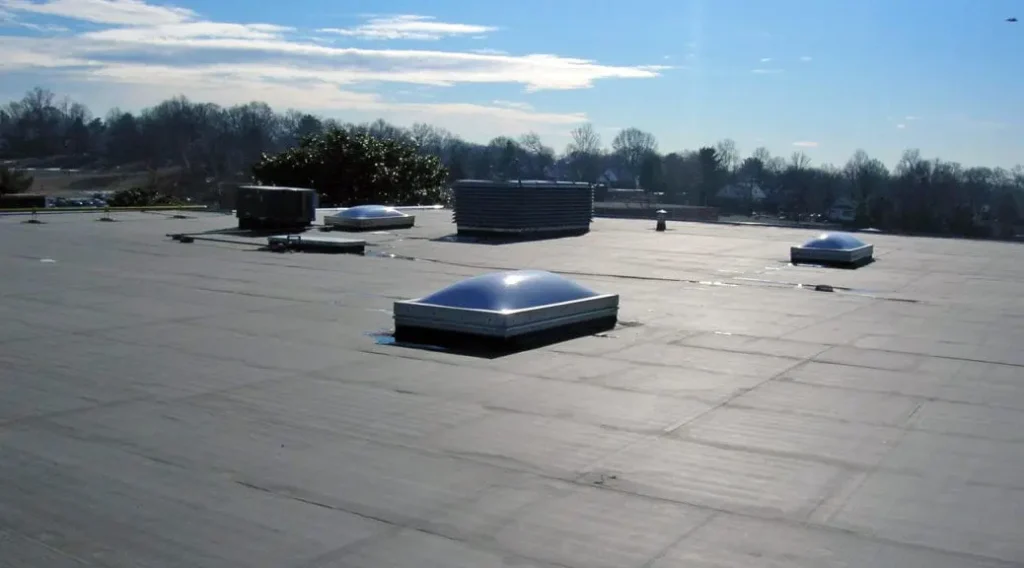
Step 3: Modified Bitumen – Heavy-Duty Workhorse: Modified Bitumen is an asphalt-based membrane with rubber or plastic modifiers for added durability and flexibility.
- Minnesota-friendly?: Very much. Especially SBS-modified types, which stay flexible in cold and resist hail damage.
- Pros: Tough, impact-resistant, ideal for roofs with foot traffic or equipment.
- Cons: Labor-intensive install; torch-down methods require added safety.
- Cost: $7–$12/sq ft.
- Lifespan: 20–30 years
- Market-share: Roughly 12% of new construction and 14% of reroofing projects.
Which One Is Right for You?
Your choice depends on what you prioritize:
- EPDM: Great for cold climates and long-term value.
- TPO: Ideal for energy savings in hot months.
- Modified Bitumen: 20–30 years
Final Word
Minnesota winters are no joke (just ask any Super Bowl visitor in 2018). Neither is roof failure. Choosing the right flat roofing system means weighing climate, durability, usage, and cost. A smart decision now can save you thousands later.
Need guidance? We’re here to help you build smarter, stronger, and ready for the next 30-below cold snap